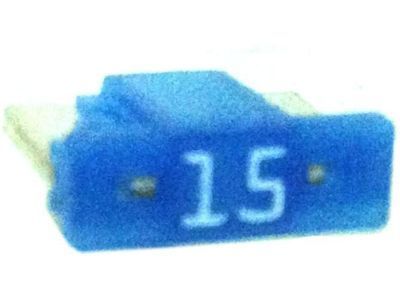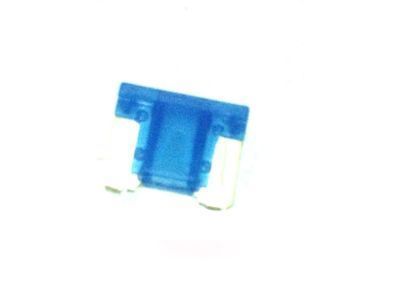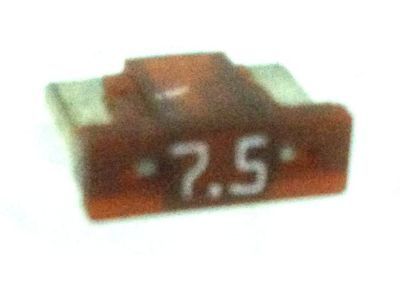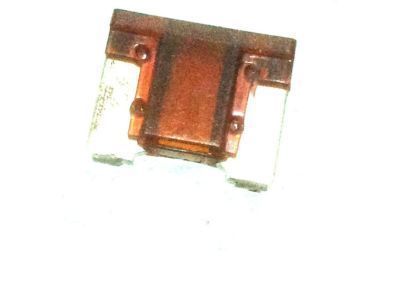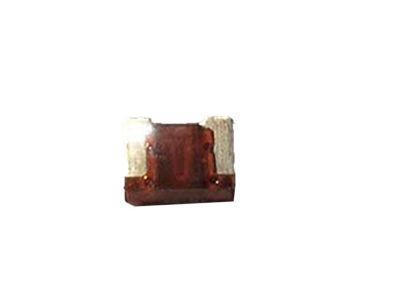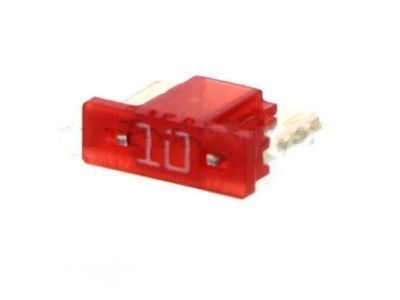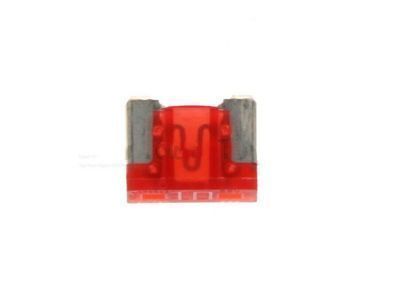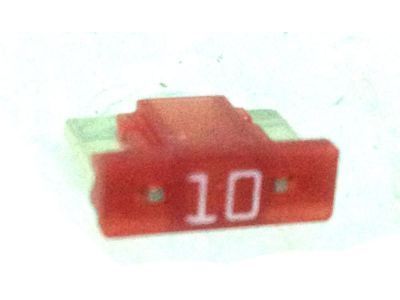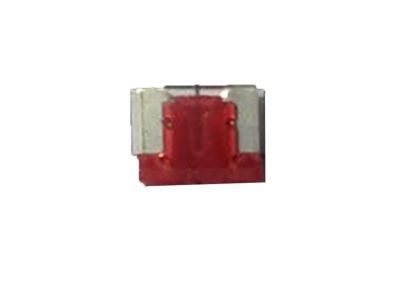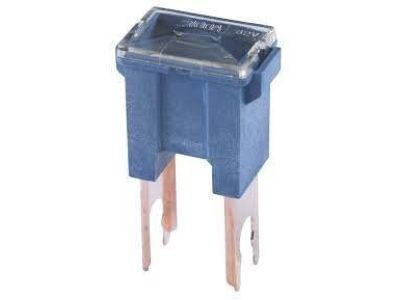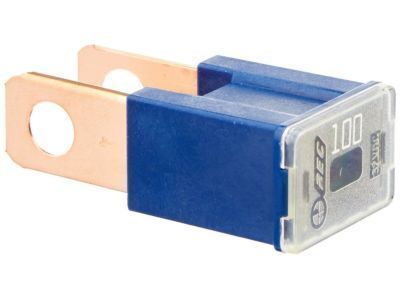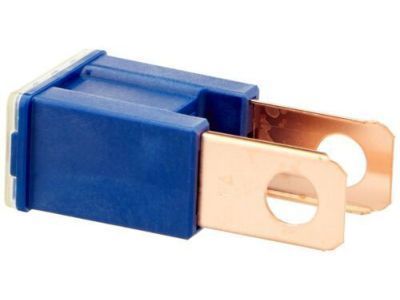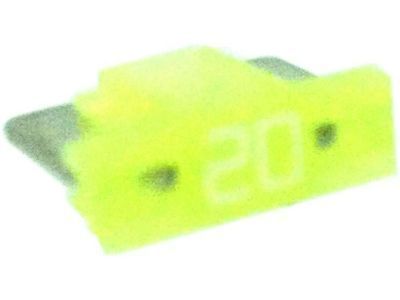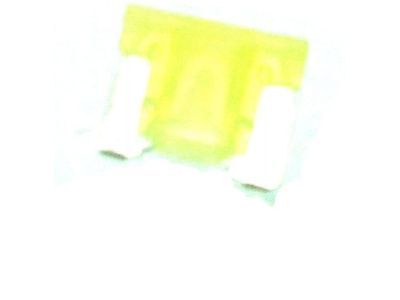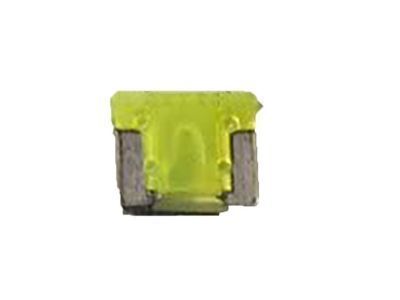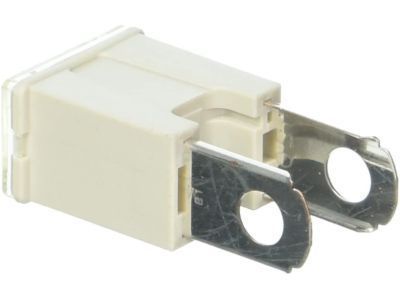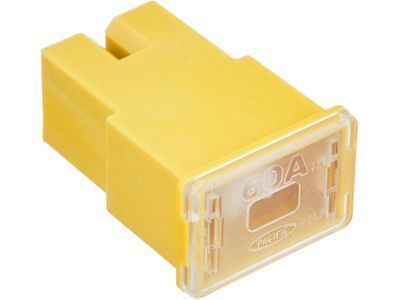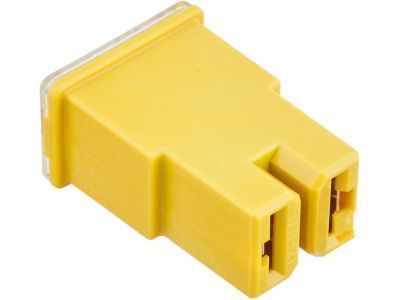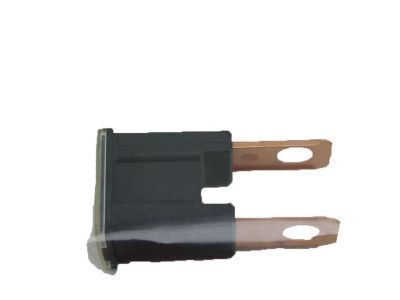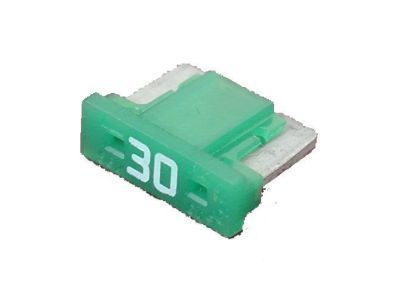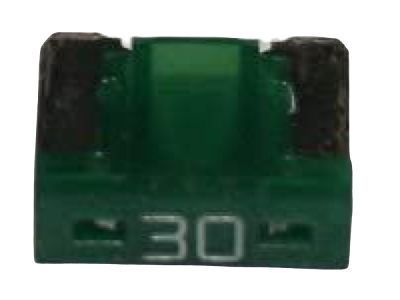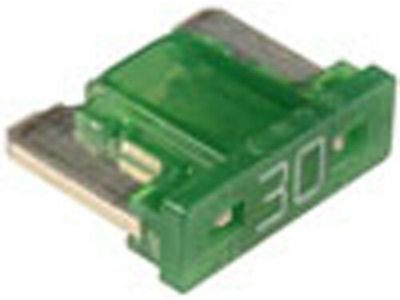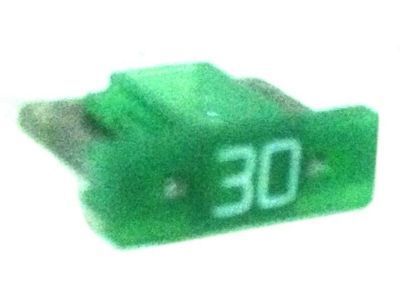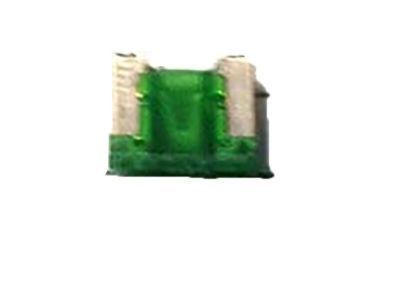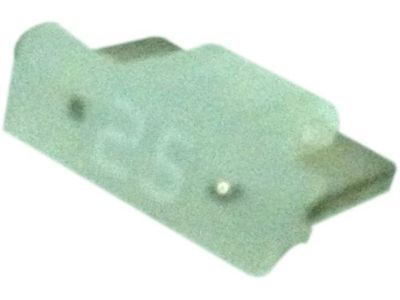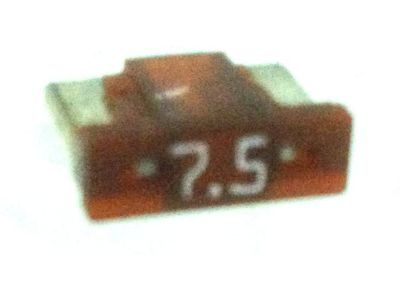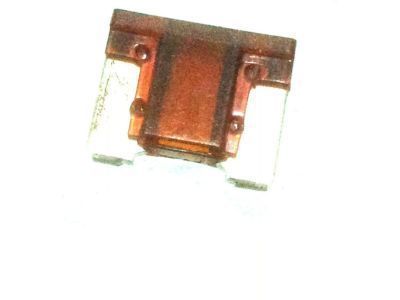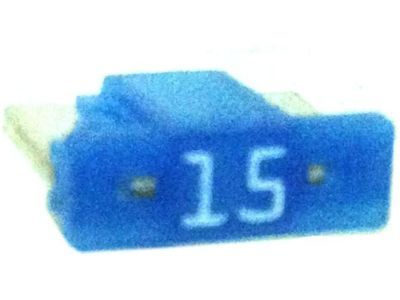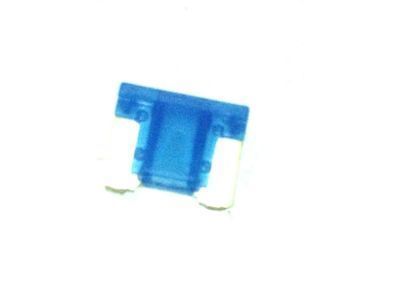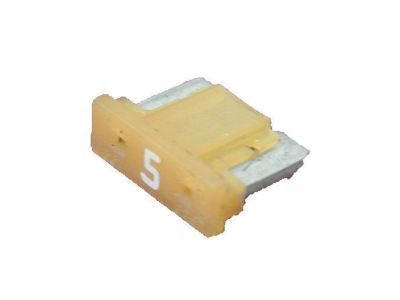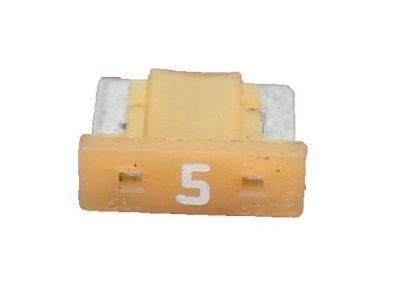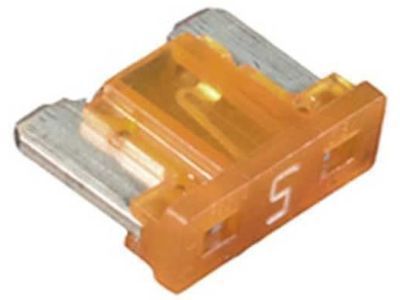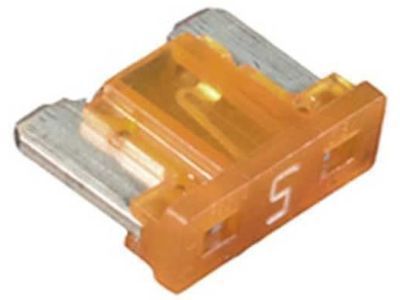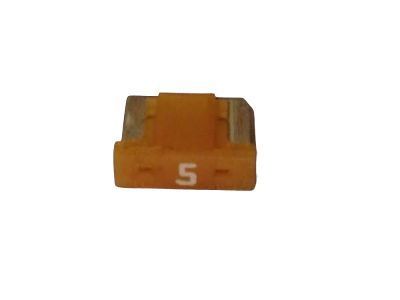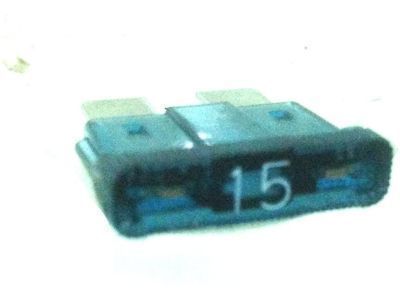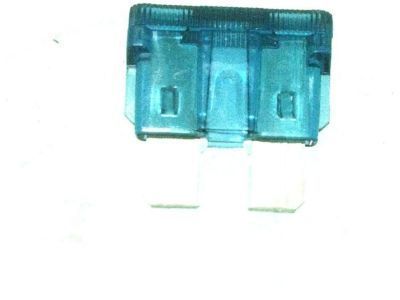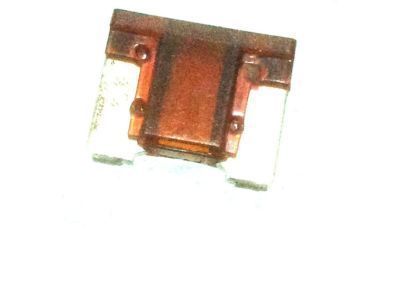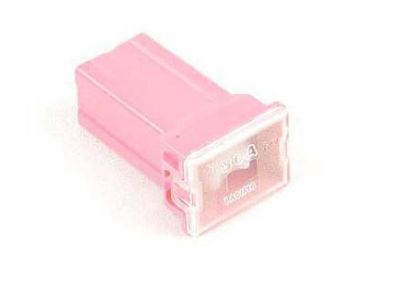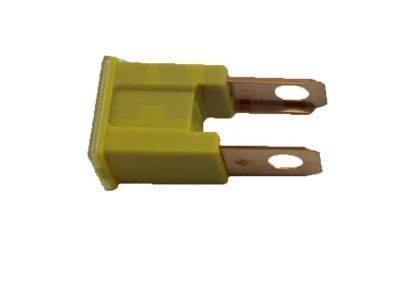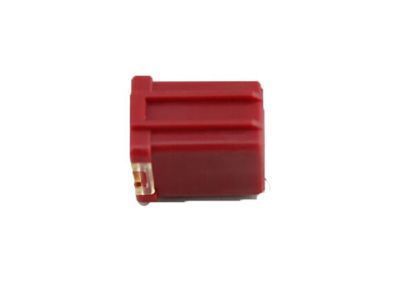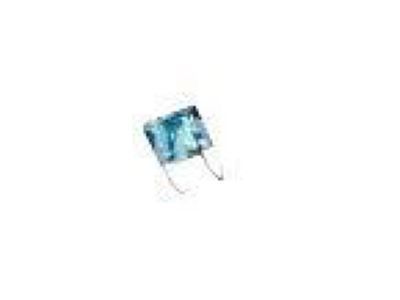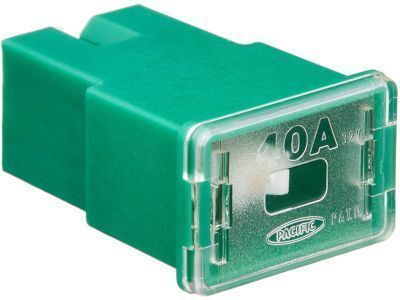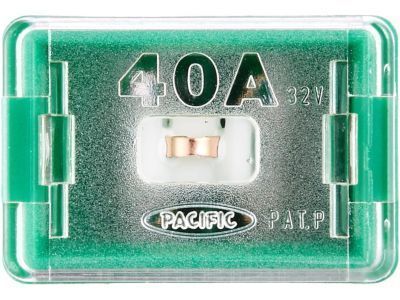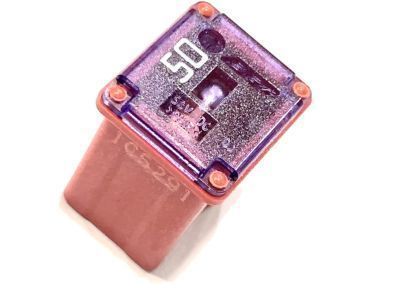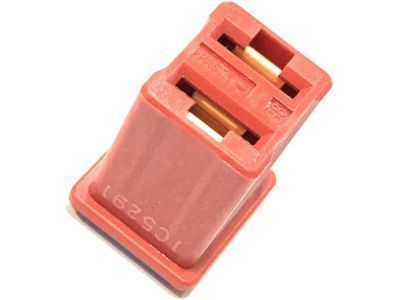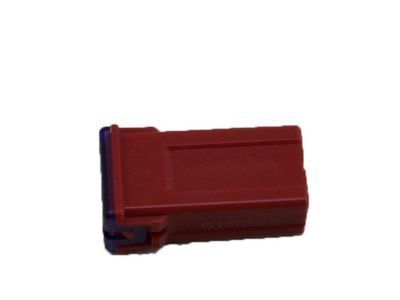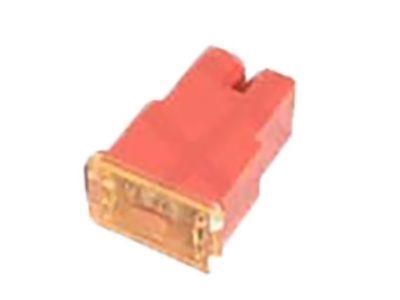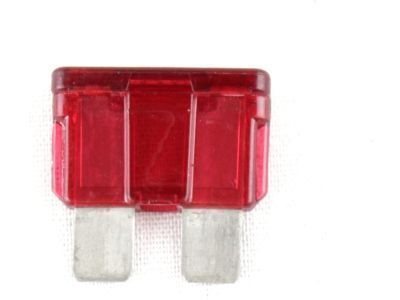

My Garage
My Account
Cart
Genuine Toyota Corolla Fuse
Circuit Fuse- Select Vehicle by Model
- Select Vehicle by VIN
Select Vehicle by Model
orMake
Model
Year
Select Vehicle by VIN
For the most accurate results, select vehicle by your VIN (Vehicle Identification Number).
66 Fuses found
Toyota Corolla Fuse, Mini
Part Number: 90982-09022$2.01 MSRP: $2.82You Save: $0.81 (29%)Ships in 1-3 Business DaysToyota Corolla Fuse, Mini
Part Number: 90982-09020$1.65 MSRP: $2.32You Save: $0.67 (29%)Ships in 1-3 Business DaysToyota Corolla Engine Room Fusible Link
Part Number: 90982-08246$11.53 MSRP: $16.12You Save: $4.59 (29%)Ships in 1-3 Business DaysToyota Corolla Fuse, Mini
Part Number: 90982-09023$1.65 MSRP: $2.32You Save: $0.67 (29%)Ships in 1-3 Business DaysToyota Corolla Engine Room Fusible Link
Part Number: 90982-08274$17.24 MSRP: $24.11You Save: $6.87 (29%)Ships in 1 Business DayToyota Corolla Fusible Link
Part Number: 90982-08190$15.34 MSRP: $21.44You Save: $6.10 (29%)Ships in 1-3 Business DaysToyota Corolla Engine Room Fusible Link
Part Number: 90982-08203$11.53 MSRP: $16.12You Save: $4.59 (29%)Ships in 1-3 Business DaysToyota Corolla Fuse, Mini
Part Number: 90982-09025$1.30 MSRP: $1.82You Save: $0.52 (29%)Ships in 1-3 Business DaysToyota Corolla Fuse, Mini
Part Number: 90982-09024$2.01 MSRP: $2.82You Save: $0.81 (29%)Ships in 1-3 Business DaysToyota Corolla Fuse, Mini
Part Number: 90982-09019$1.30 MSRP: $1.82You Save: $0.52 (29%)Ships in 1-3 Business DaysToyota Corolla Fuse, Fuse Block
Part Number: 90982-09003$1.65 MSRP: $2.32You Save: $0.67 (29%)Ships in 1-2 Business DaysToyota Corolla Fuse, Medium Current
Part Number: 90982-10001$4.75 MSRP: $6.63You Save: $1.88 (29%)Ships in 1-2 Business DaysToyota Corolla Fusible Link
Part Number: 90982-08202$14.39 MSRP: $20.11You Save: $5.72 (29%)Ships in 1-2 Business DaysToyota Corolla Engine Room Fusible Link
Part Number: 90982-08296$13.67 MSRP: $19.11You Save: $5.44 (29%)Ships in 1-3 Business DaysToyota Corolla Fuse, Fuse Block
Part Number: 90080-82022$2.13 MSRP: $2.98You Save: $0.85 (29%)Ships in 1 Business DayToyota Corolla Fusible Link
Part Number: 90982-08189$11.77 MSRP: $16.45You Save: $4.68 (29%)Ships in 1-3 Business DaysToyota Corolla Engine Room Fusible Link
Part Number: 90982-08285$15.22 MSRP: $21.28You Save: $6.06 (29%)Ships in 1 Business DayToyota Corolla Fusible Link
Part Number: 90982-08188$6.02 MSRP: $8.42You Save: $2.40 (29%)Ships in 1-3 Business DaysToyota Corolla Fuse, Fuse Block
Part Number: 90080-82012$1.18 MSRP: $1.64You Save: $0.46 (29%)Ships in 1-3 Business Days
| Page 1 of 4 |Next >
1-20 of 66 Results
Toyota Corolla Fuse
If you are in demand for superior quality and affordable OEM Toyota Corolla Fuse, then shop with us! We own a wide range of the reduced-priced genuine Toyota Corolla Fuse. You can purchase in confidence as all parts come with a manufacturer's warranty. Any issues with our products? No need to worry as we have a hassle-free return policy to guide you every step of the way.
Toyota Corolla Fuse Parts Questions & Experts Answers
- Q: What are fuses and fusible links used for in electrical circuits on Toyota Corolla?A:Protection is provided to the electrical circuits of the vehicle in the form of fuses, circuit breakers and fusible links; there are fuse blocks to be found inside the instrument panel and in the section of the boot. Every fuse is attached to protect a particular circuit and with the help of the fuse panel cover one can recognize the particular circuit it is meant for. Fuses with blade terminal designs are small in size and can easily be removed or replaced; it is recommended to check the fuse first if an electrical component is not functioning using a test light, identify that fuse is blown. This is because applying blown fuses by other types will be affecting circuit protection standards and thus, should be replaced with the right type. However, should a replacement fuse burn out within an instant, the actual problem, which is normally a short circuit as a result of a damaged wiring, has to be resolved prior to other replacements. Certain circuits use fusible links, which exclude those that are generally fused or operate at high currents, with cartridge type inserted in the fuse box of the car's engine compartment. Bus link fuses guard the electrical chassis system and are positioned nearer to the positive terminal; in case one of these gets fused, it has to be cleared before being substituted by a link of the similar thickness. To replace a wire-type fusible link, the negative battery cable should be disconnected, the damaged link to be cut out and a new one should be soldered in the place appropriately and wires which are exposed should be covered with shrink-wrath tubing or electrical tape.
Related Toyota Corolla Parts
Browse by Year
2024 Fuse 2023 Fuse 2022 Fuse 2021 Fuse 2020 Fuse 2019 Fuse 2018 Fuse 2017 Fuse 2016 Fuse 2015 Fuse 2014 Fuse 2013 Fuse 2012 Fuse 2011 Fuse 2010 Fuse 2009 Fuse 2008 Fuse 2007 Fuse 2006 Fuse 2005 Fuse 2004 Fuse 2003 Fuse 2002 Fuse 2001 Fuse 2000 Fuse 1999 Fuse 1998 Fuse 1997 Fuse 1996 Fuse 1995 Fuse 1994 Fuse 1993 Fuse 1992 Fuse 1991 Fuse 1990 Fuse 1989 Fuse 1988 Fuse 1987 Fuse 1986 Fuse 1985 Fuse 1984 Fuse 1983 Fuse 1982 Fuse 1981 Fuse 1980 Fuse 1979 Fuse 1978 Fuse 1977 Fuse 1976 Fuse 1975 Fuse
